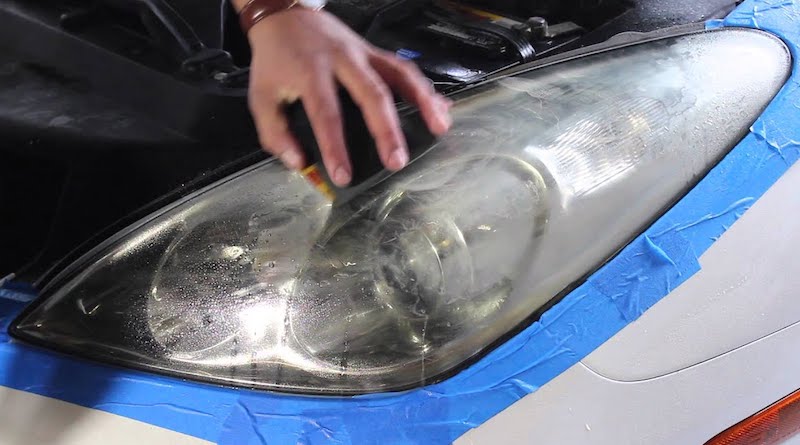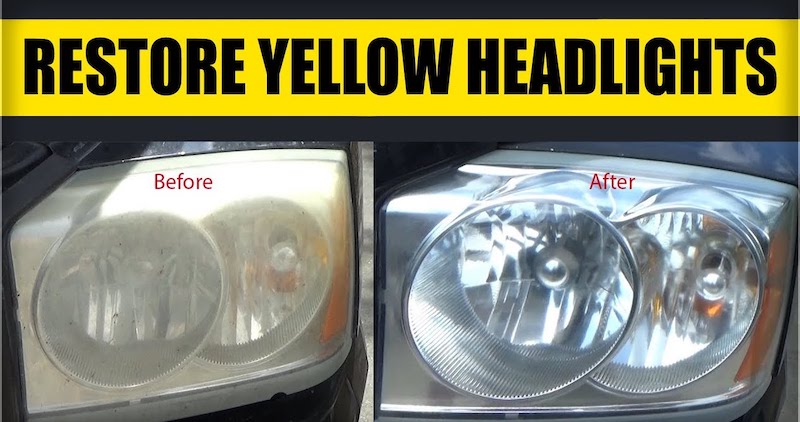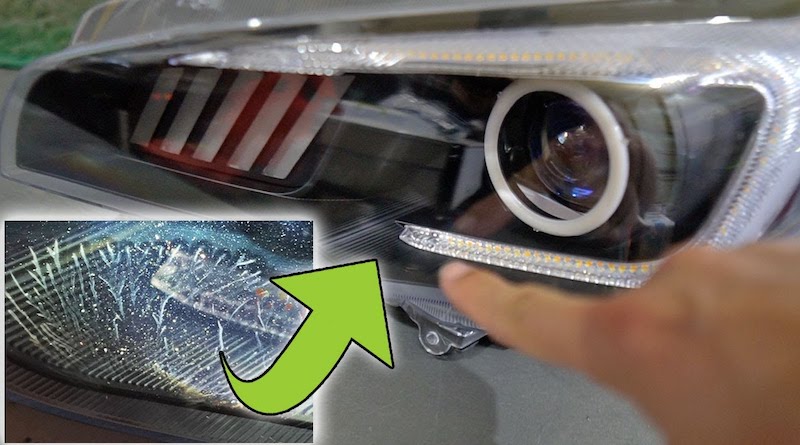What is the Best Sealant for Headlights
Headlight sealant is the go-to choice for car owners that want to improve the performance and durability of their headlights. It helps to improve the illumination of dull headlights as well as increase the driver’s visibility.
There are different types of headlight sealant available on the market. Most of them take the form of a sticky or glue-like substance that goes over the headlight lens. They help to insulate the headlight against moisture, dirt, and grime from the road.
Types of headlight sealants
The main types of headlight sealant include adhesive, silicone, polyurethane, and heat resistant sealant. They are sold in form of a paste, spray, or liquid. What you need depends on the weather condition of the area you live in and your type of vehicle.
-
Adhesive headlight sealant
Adhesive headlight sealant is a glue-like substance that attaches your headlight pieces together. It locks the lens and the back locks to prevent moisture from penetrating.
This means that water droplets will not form inside your headlight to make them dim and foggy. Adhesive sealants usually last the lifespan of the headlight.
-
Silicone headlight sealant
Silicone headlight sealant is made to expand and contract wherever it’s applied depending on the weather. It does not peel or crack. It is usually inexpensive and can be found for as little as $4 a tube. It takes 24 hours to dry fully when applied and will last for a very long time.
-
Polyurethane headlight sealant
Polyurethane is a soft and sticky plastic material that hardens when applied. It creates an air-tight seal that prevents external elements from penetrating into your headlights. It keeps dirt, water, and chemicals out of the headlight lens.
Polyurethane is another inexpensive choice that stays intact even when subjected to vibrational and temperature changes. When compared to other types of sealants, it can be difficult to remove.
-
Heat resistant headlight sealant
Heat resistant headlight sealant is made to withstand high temperatures in hot and warm climates. It can also withstand the high temperatures the headlight is subjected to by the engine. It does not crack or melt. It is the best option for anyone that lives in an area that experiences warm weather.
Benefits of using headlight sealant
-
Prevents hazing and discoloration
Over time, headlights experience discoloration due to exposure to UV light. The polycarbonate plastic material reacts with the heat from the engine, sun, and bulb - causing the headlight to become hazy.
This is a process that usually takes several years. The discoloration turns the headlight yellow and cloudy. It limits the amount of light emitted and decreases how far the driver can see. This can prevent other drivers from seeing your vehicle at night.
Heat-resistant headlight sealant stops the discoloration from happening. It keeps the lens protected from the high temperatures coming from your engine, bulb, and the sun. Your headlights get to shine bright for long.
-
Prevents fog and dimming
Another cause of dimming and foggy headlights is moisture, dirt, grime, and condensation. These tend to penetrate through the gaps between the lens and the headlight. It reduces clarity from inside the headlight and affects visibility.
The reduction in visibility can make it hard for you to see the road at night. Other drivers may also experience difficulty when trying to spot your vehicle on the road. This is a huge safety risk, especially in poor weather. A headlight sealant can help improve the performance of your headlights.
-
Prolongs the life of your headlights
Since headlight sealants are designed to keep headlights sealed, they help to prolong the lifespan of the bulb, headlight lens, and the entire headlight assembly. By keeping dirt, moisture, and chemicals out, a sealant helps to maintain the condition of the car’s lighting system.
This reduces the rate of wear and tear and prolongs the amount of time the headlight will be in use. You get to save money that you would have otherwise spent doing repairs or replacing the headlights in your car.
-
Improves safety
Headlights are an important safety feature that should never be ignored. Without them, it becomes extremely dangerous to drive at night on dark roads. While many cars come with a headlight sealant from the factory, it eventually starts to wear out leaving your headlights exposed.
Replacing the factory headlight sealant with a good aftermarket option helps to protect your headlights and keep them functioning for long. It also helps to fix any yellow coating, haziness, or grime that may be affecting the functioning of your headlights. This improves the safety of the driver and other road users.
Conclusion
Depending on where you live and the type of vehicle you drive, there are different types of headlight sealants available for you. A good option can help you improve the performance of your headlights and prolong their life. By spending as little as $4, you get to save money in repairs and headlight replacement.
Recent Blog Posts
November 29, 2022

One of the best solutions for fixing hazy headlights is to wet sand them. While there are other ways you can clear up your oxidized headlights, few methods work as great as wet sanding. It not only cleans the plastic lens completely but also achieves permanent results.
November 29, 2022

Headlights that have turned yellow can make a car look really old. The foggy coating that covers the headlight tends to reduce the amount of light emitted on the road. This can affect the driver’s visibility and make it hard to maneuver dark roads.
November 29, 2022

There are plenty of solutions out there when it comes to cleaning the outside of your headlights. You can easily remove the yellow coating that forms on the plastic lens using a few household products.